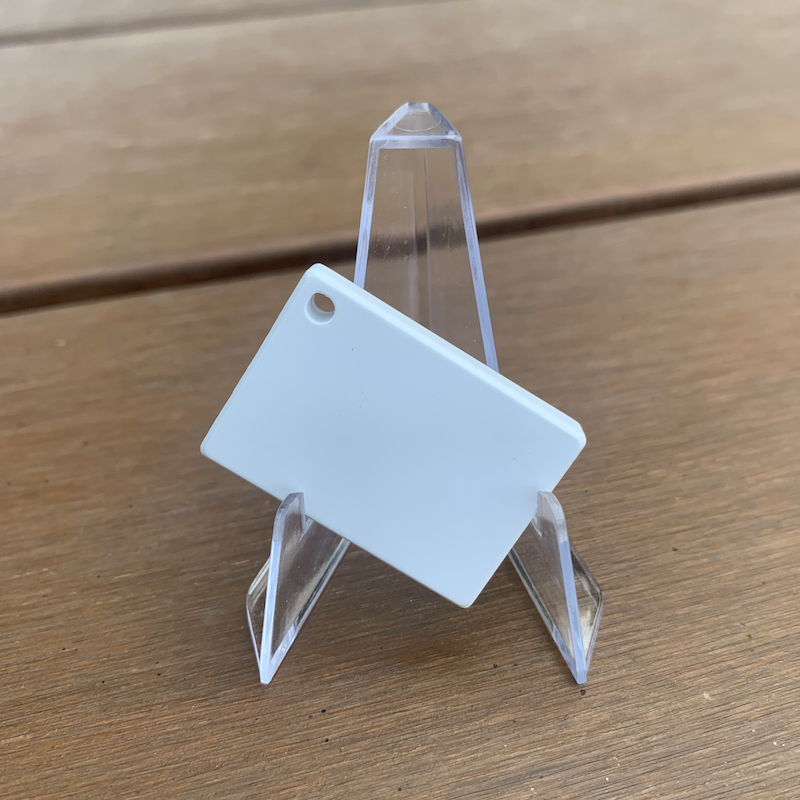
In the heart of the bustling city or the quiet corners of a museum, BLE Beacons are the unsung heroes of modern connectivity. These small, unassuming devices are quietly revolutionizing the way we interact with our environment, offering a new layer of intelligence to the spaces we inhabit.
A Beacon of Light in the IoT Landscape
BLE, or Bluetooth Low Energy, beacons are tiny transmitters that emit signals, which can be picked up by smartphones, tablets, and other devices within range. They are the silent guides that help us navigate through malls, inform us about exhibits in museums, or even remind us of our shopping lists as we pass through grocery aisles.
The Magic of BLE Beacons
The real magic of BLE Beacons lies in their ability to create a proximity-aware environment. They can detect your presence and send you relevant information, making your experience more personalized and interactive. Whether it’s a store offering you a discount as you walk by or a museum providing you with insights about the artwork you’re admiring, BLE Beacons add a touch of magic to everyday life.
Choosing the Right BLE Beacon
The market is flooded with a variety of BLE Beacons, each with its own set of features. When choosing a BLE Beacon, consider the following:
- Battery Life: Some beacons can last for years on a single battery charge, making them ideal for long-term deployments.
- Transmission Power: This determines the range of the beacon. A higher transmission power will allow the beacon to be detected from a greater distance.
- Compatibility: Ensure the beacon is compatible with the devices your audience is likely to use.
- Sensitivity: The ability of the beacon to detect devices at varying distances is crucial for accurate proximity detection.
- Size and Form Factor: Depending on where you plan to place the beacon, size can be a significant factor. Some beacons are designed to be discreet, while others are more visible.
Applications Beyond Retail
While BLE Beacons are often associated with retail, their applications are far-reaching:
- Healthcare: Hospitals can use beacons for wayfinding, directing patients to different departments, or even tracking the location of medical equipment.
- Transportation: Airports and train stations can use beacons to provide passengers with real-time updates on flight or train schedules.
- Smart Homes: Beacons can be used to automate home systems, turning lights on as you enter a room or adjusting the thermostat based on your presence.
- Events: Conferences and concerts can use beacons to provide attendees with schedules, updates, or even interactive experiences.
The Future of BLE Beacons
As technology advances, so does the potential of BLE Beacons. With the advent of Bluetooth 5 and beyond, we can expect even greater range, faster transmission speeds, and more accurate location services. The future holds the promise of beacons that are more integrated into our lives, providing a seamless bridge between the digital and physical worlds.
Privacy and BLE Beacons
It’s important to address the elephant in the room: privacy. BLE Beacons collect data about the proximity of devices, which can be used to infer user behavior. It’s crucial for businesses to be transparent about how they use this data and to provide users with the option to opt-out.
Conclusion
BLE Beacons are more than just gadgets; they are the architects of smarter spaces. They are the silent partners that enhance our interactions with the world around us. As we move forward, the strategic use of BLE Beacons will continue to shape the way we live, work, and explore.



